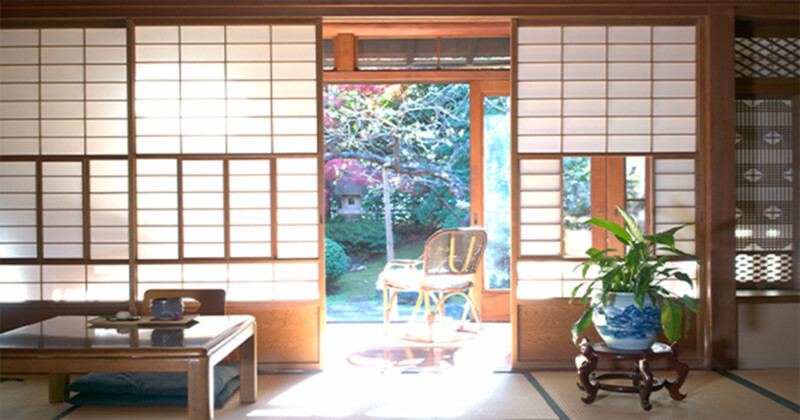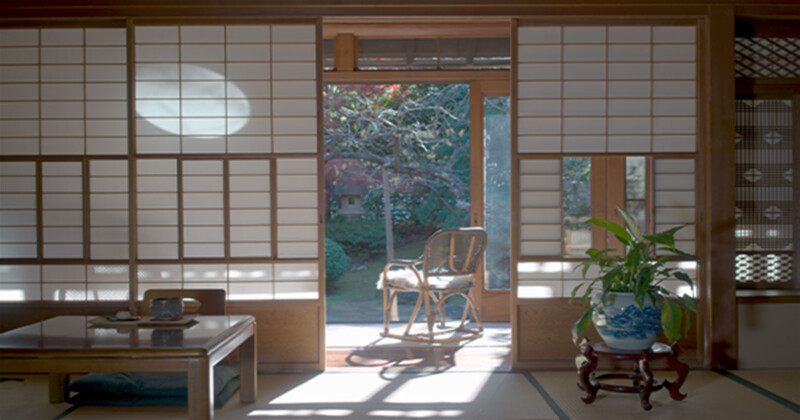Sony’s Stacked Sensor Promises Improved Smartphone Image Quality
![]()
Sony has released a new video highlighting its novel stacked image sensor technology that the company believes will improve smartphone image quality for mobile photographers.
As spotted by Newsshooter, Sony has a new video about its “2-Layer Transistor Pixel” sensors, which was the world’s first stacked CMOS sensor that separates photodiodes and pixel transistors to alternate substrate layers when Sony first unveiled the technology in late 2021. Configuring the sensor this way expands the capacity of the photodiode and increases the size of the transistor.
According to Sony, this should increase saturation, widen the dynamic range, and reduce noise over conventional stacked sensor structures where the photodiodes and transistors are on the same layer.
However, going from a development announcement to commercial availability requires significant time and development, especially with third-party smartphones. Sony itself only brought the sensor into the real world last May with its Xperia 1 V smartphone.
Moving from Sony only to other smartphone makers would put the image sensor tech into many more mobile photographer’s hands, and the results of this new technology should be exciting for smartphone shooters. Thanks to improved dynamic range, Sony suggests users can capture images closer to how the naked eye sees in environments with both bright and dim illumination.
![]()
“The new structure has improved the capacity of the photodiode while approximately doubling the saturation signal level relative to conventional image sensors,” Sony states on its website. “In turn, this will widen dynamic range.”
![]()
Additionally, users should see a reduction in noise levels during low-light situations.
![]()
Sony claims that “by increasing the size of the amp transistors, the 2-Layer Transistor Pixel technology has succeeded in substantially reducing noise, which can affect images taken in dark settings.”
Historically, smartphone image sensors have often struggled with dynamic range and low light performance due to the relatively small size of the sensors and photodiodes, which cannot absorb as much light as larger mirrorless and DSLR sensors at similar megapixel counts. Sony promises that its 2-Layer Transistor Pixel sensor produces images with reduced overexposure and underexposure without increasing the sensor’s overall size.


Sony has been making moves to position themselves as a significant player in the image sensor market, and as PetaPixel previously reported, expects to have a 60% share of the sensor market by 2025. Sony believes that smartphone image sensors will increase in size in the coming years as well — a forecast driven by the growing demands for high-quality mobile photos and videos. Since Sony is pushing new content concerning this image sensor, it stands to reason that the novel sensor tech may arrive for more devices soon.
It will be interesting to see how its 2-Layer Transistor Pixel technology affects the timeline of that forecast. While physical limitations due to size will always be a factor for smartphone camera manufacturers, this new sensor design could close the gap in the short-term between performance and the growing expectations of daily smartphone camera users.
Image credits: Sony